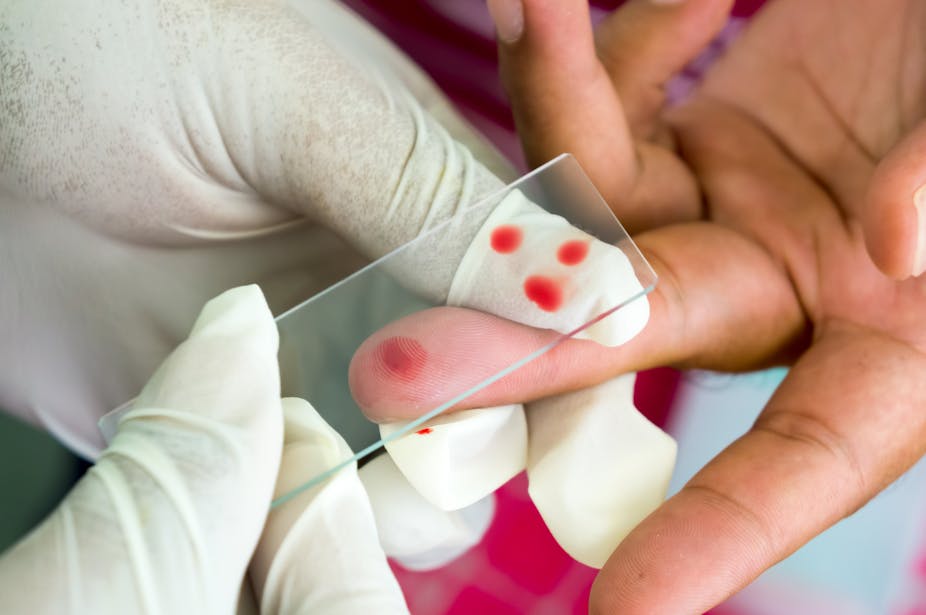A new drug that stops the malaria parasite in its tracks, and could be delivered in a single dose, has researchers excited about treatment prospects for the disease.
The newly discovered synthetic compound attacks the malaria parasite at multiple stages of its life cycle. It promises an effective new mode for drug delivery that could evade the bug’s emergent resistance.
Research conducted by an international team and published in the journal Nature, showed that a single dose of the compound (called DDD107498) not only cured malarial infection caused by the Plasmodum falciparum strain of parasite in mouse models, it also prevented them from acquiring the infection.
Malaria kills more than half a million people each year and infects between one and two million, predominantly in sub-Saharan Africa. Pregnant women and children under five are the most vulnerable. The World Health Organization estimates that one child dies from malaria every minute.
Malaria experts said the finding was “exciting” because of the urgent need for new treatments that are effective against the parasite’s rapid resistance.
“At the moment, we’re down to our last anti-malarial drug and we’re starting to see resistance to this drug in places of Southeast Asia, so once we lose that anti-malaria drug, we’re going to be in a lot of trouble,” said Deakin University Associate Professor Tania De-Koning Ward, who was not involved in the study.
Ian Gilbert, research leader and Professor of Medicinal Chemistry at the University of Dundee, said the new drug could evade resistance because of its alternative mode of action.
“Our compound, if it is successfully developed, would be given as a combination with another antimalarial agent to minimise the threat of resistance,” he said.
Five parasite species cause malaria in humans; the Plasmodium falciparum is the most deadly. The parasite invades the liver cells at its first stage. But people develop symptoms of fever, headache and vomiting only at the second stage, when it has reached the red blood cells.
In the third phase, the parasite develops into female and male forms and can be picked up by other mosquitoes that spread the disease.
“Most of the drugs we use today will kill the parasite when it grows in the blood cells,” said Brendan McMorran, Associate Professor at the John Curtin School of Medical Research. He was not involved in the study.
“Some parasite species remain in the liver for long periods of time and there are specialist forms of drugs that target that … but it appears that this new drug has the potential to do everything essentially in the one treatment,” he said.
“I think it’s the only new example I know of a drug that seems to have such a wide range of activity against the parasite. It certainly does a lot more than any of the current ones used clinically.”
The compound works by blocking the translation elongation factor 2 (eEF2) molecule in the parasite, which is essential for its protein synthesis. The site of eEF2 is a molecular target for the compound and represents a potential new drug site.
The paper’s researchers also noted that, if it successfully reached the market, the drug would cost US$1 per treatment. This would make it accessible to the majority of the infected population living in the developing world.
Pharmaceutical company Merck Serono has taken on the compound’s development and is exploring whether it is safe to test on humans. Professor Ian Gilbert estimated it could take five to six years before the drug was available on the market, “assuming it is successful in clinical trials”.
However, while the compound is a promising discovery, fighting the parasite’s proclivity for resistance will always be an ongoing battle.
“It’s going to be inevitable that every antimalarial drug that’s rolled out, the parasite will try to develop resistance, which is why there’s an ongoing need to develop a repertoire of anti-malarial drugs that have different modes of action,” said Associate Professor De Koning-Ward.

